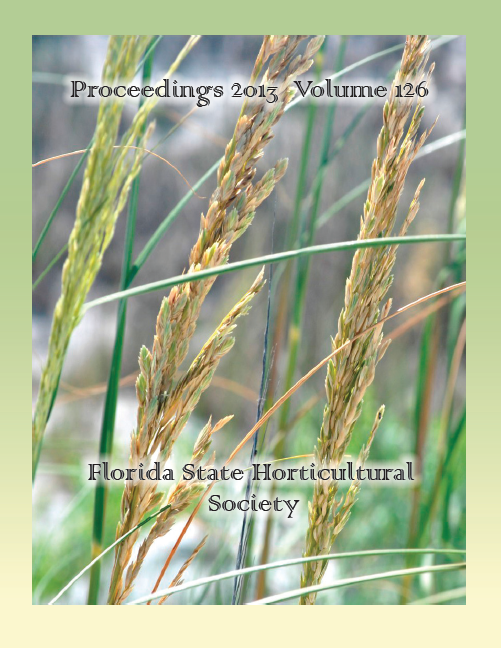Abstract
Several studies have investigated the growth of duckweed in wastewater and other water sources but no studies have investigated the growth in water from large retention ponds associated with cement and mining facilities. Our objective was to compare duckweed growth in pond water, cement water (water collected from retention ponds at cement facilities), and waste water to estimate potential yields that could be expected and potentially used for biofuel. In experiment 1, there was no difference in growth between pond or cement water with average duckweed production of 3 g·m–2 after 26 d. In experiment 2, after 74 d pond water had produced 88 g·m–2 while cement and waste water had produced 109 and 117 g·m–2, respectively. Based on the results from these studies it is possible to grow duckweed on cement water but it is doubtful if enough duckweed could be grown to be a sustainable biofuel.

